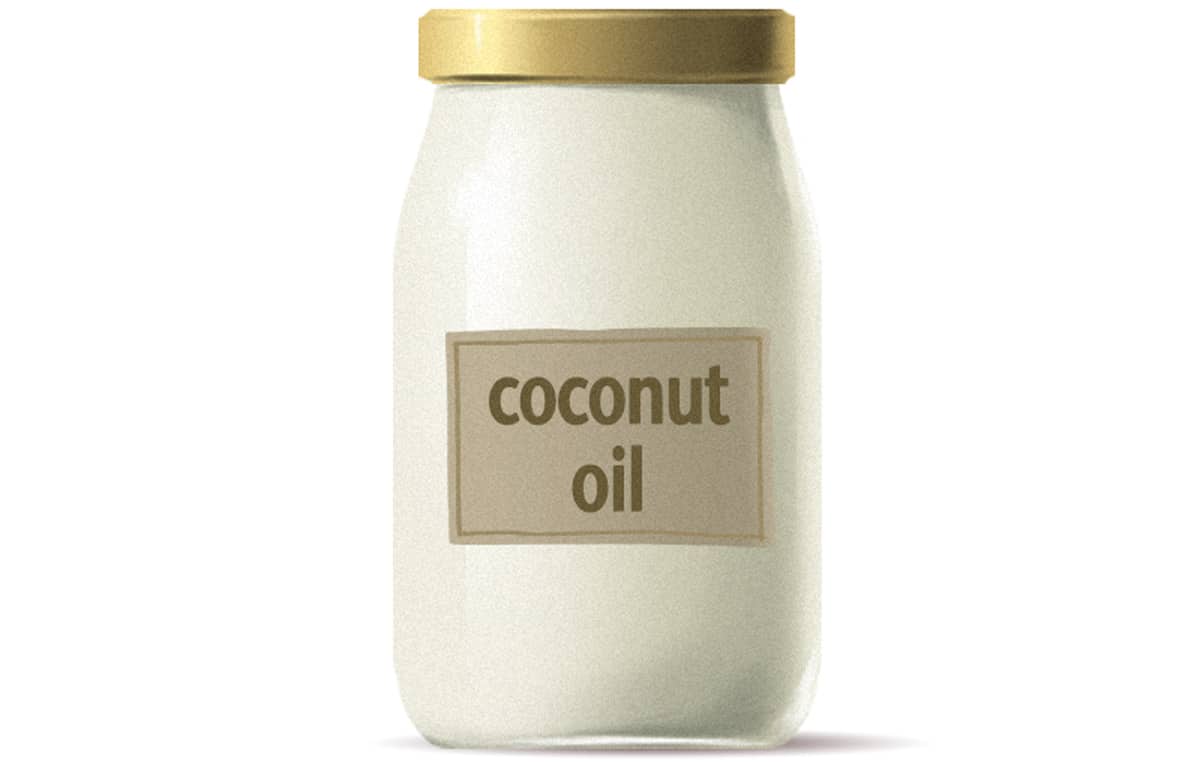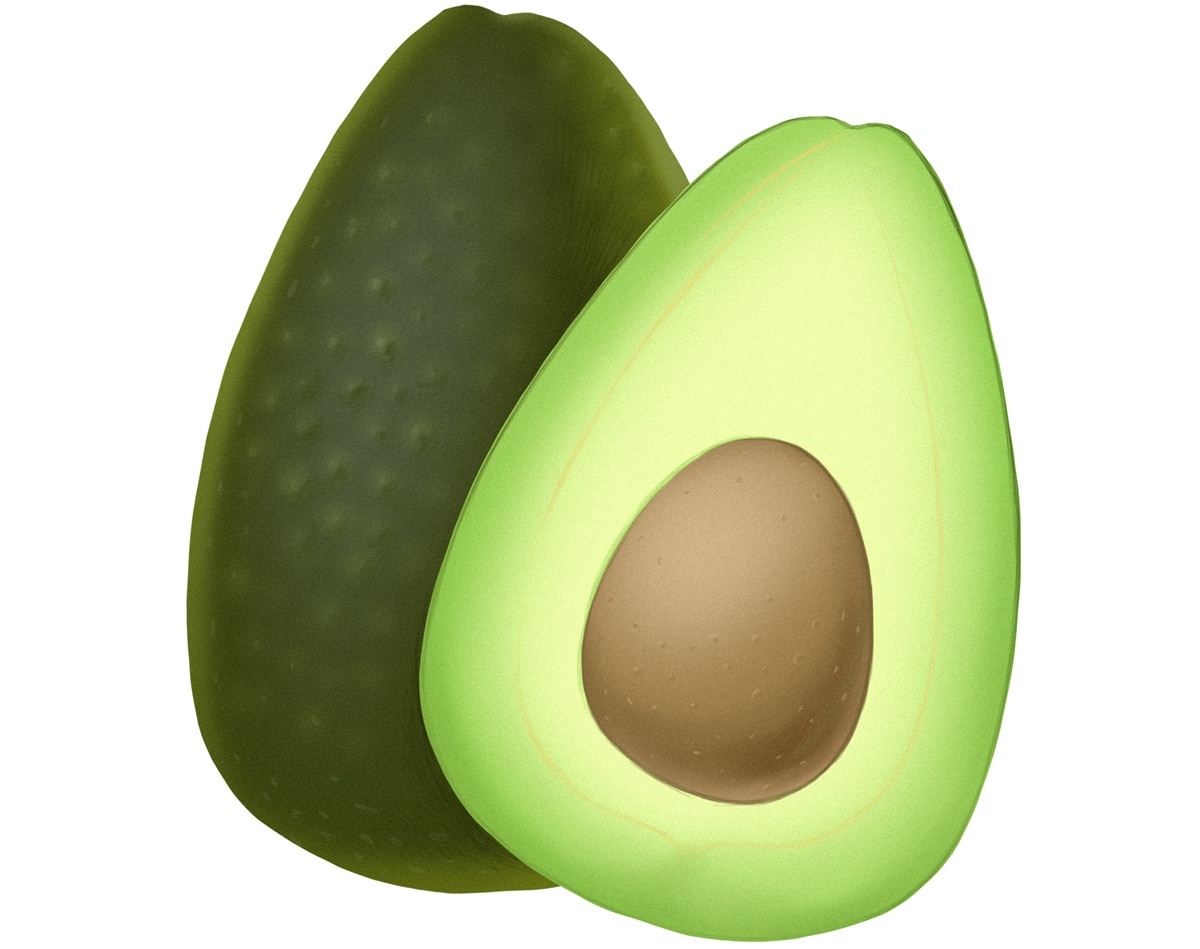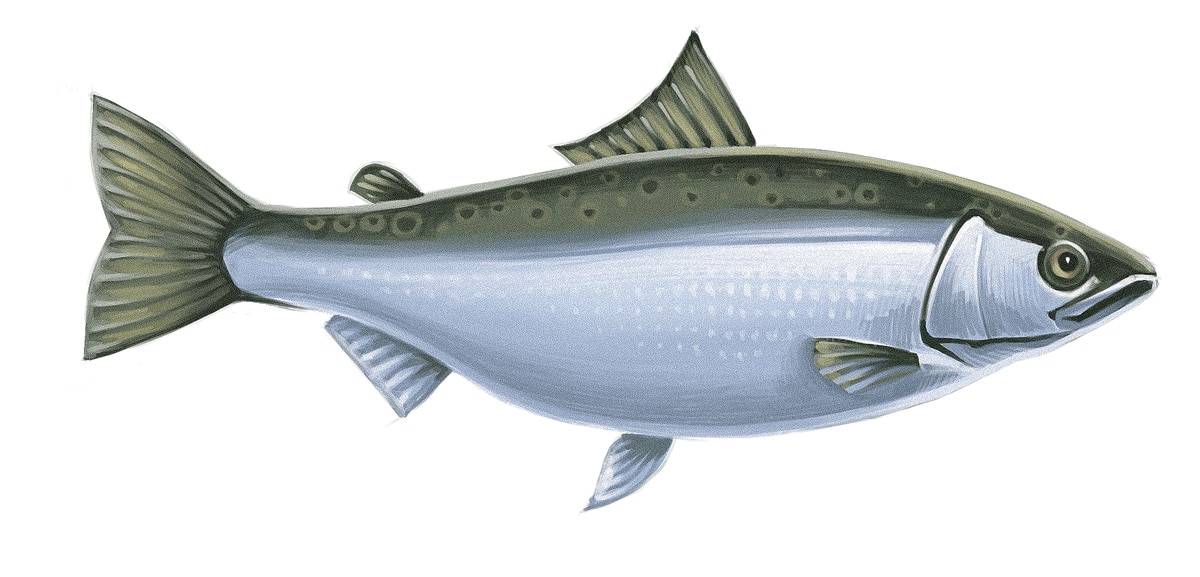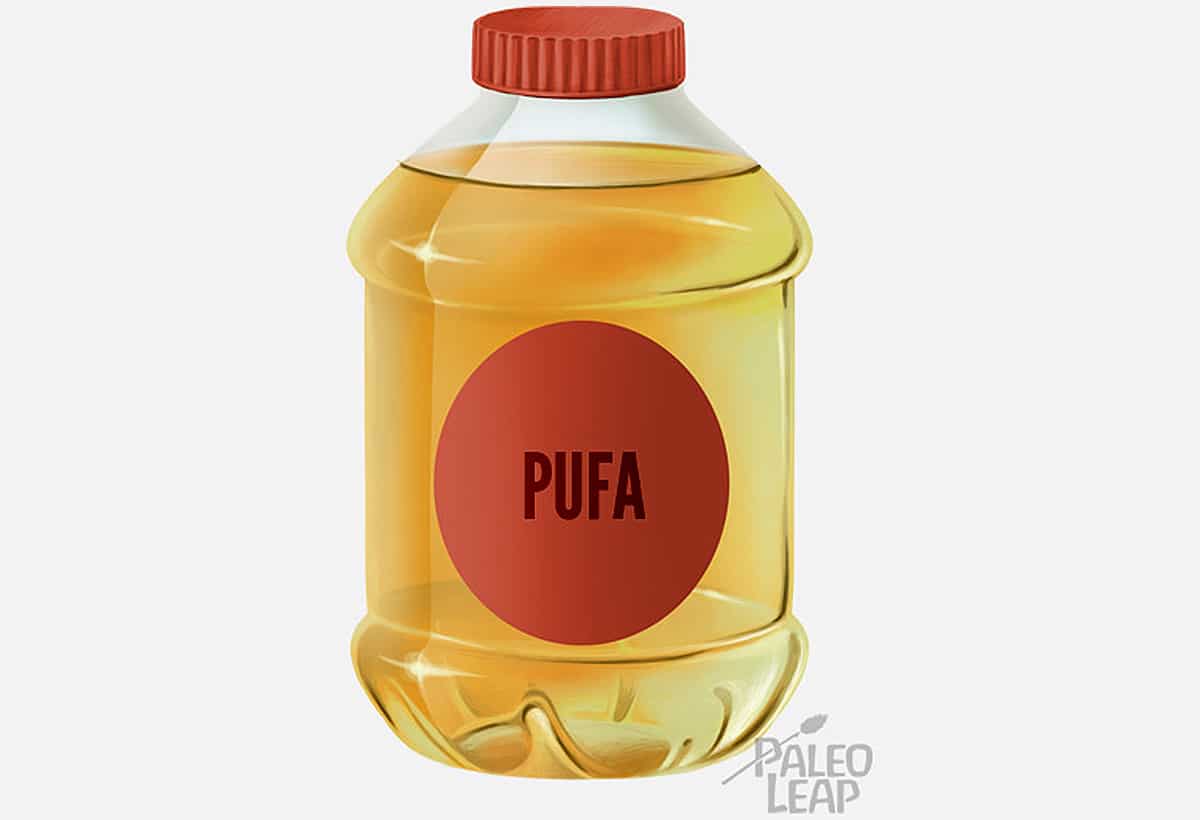Eating the right kind of fat, in the right amount, is a key part of Paleo. Paleo isn’t about cramming as much fat as possible onto your plate, and it’s definitely not about avoiding all fat - it’s about making the right choices about what kind of fats you eat.
Unfortunately, there’s a lot of confusion about the different kinds of fat and how they affect human health. A lot of diet websites and magazines throw around fuzzy terms like “good fat” or “bad fat,” but these are incredibly vague labels that don’t help you understand what you’re eating, or why it’s supposedly “good” or “bad.” And since everyone has a different idea about what qualifies as “good fat” or “bad fat,” just relying on labels like that won’t get you very far.
Fat doesn’t have to be a convoluted and confusing issue, and nobody needs a Ph.D. to figure out the difference between Omega-3 and Omega-6. Here’s a field guide to 5 types of fat you need to know:
1. Saturated fat

Where to find it: When most people think of saturated fat, they think of meat, but actually, the food highest in saturated fat is coconut oil. The fat in coconut oil is 92% saturated. Butter comes in a distant second at 63% saturated. Meat, especially red meat, also has some saturated fat. For example, the fat in ground beef is about 40% saturated.
Health effects: “Everyone knows” that saturated fat gives you heart disease, but what’s the actual evidence for that? Where are the studies where people get heart disease from eating saturated fat?
If you look at the actual evidence from published scientific research, you’ll quickly find that whole foods that happen to be high in saturated fat actually look pretty innocent. Dairy fat like butter (study) doesn’t seem to cause heart disease; neither do eggs (study) or red meat (study). Coconut oil, the richest source of saturated fat around, actually has some nice health benefits.
Here’s more about research on saturated fat, if you’re interested.
Saturated fat just doesn’t deserve its bad reputation. In terms of its health effects, research shows that saturated fat is likely neutral. There’s no strong evidence that whole foods rich in saturated fat, like eggs and butter, cause disease (junk foods rich in saturated fat, like Twinkies and Big Macs, are a different question, but you wouldn’t be eating those foods on Paleo anyway).
Paleo Verdict: Don’t stress about it.
There’s no reason to go out and try to eat as much saturated fat as you can fit into your stomach, but there’s also no reason to go crazy avoiding it. Eat high-quality animal foods and healthy fats, like coconut oil, but don’t stress about saturated fat either way.
2. Monounsaturated fat

Where to find it: Monounsaturated fat is found in avocados (about 67% monounsaturated) and olive oil (about 73% monounsaturated). Many animal foods also contain some monounsaturated fat: For example, bacon is about 44% monounsaturated. .
Health effects: Monounsaturated fat is the one fat that everyone can agree on liking, but the “benefits of monounsaturated fat” might actually be the benefits of avocados and olive oil, which are the best food sources of monounsaturated fat. Olive oil and avocados are incredibly nutritious foods: they’re full of anti-inflammatory antioxidants that protect their fats from damage, and avocados are high in lots of different vitamins and minerals.
When studies try to understand how monounsaturated fat affects people’s health, they might just be measuring how all the good stuff in avocados and olive oil affects health. For example, this meta-analysis showed that eating more monounsaturated fat is associated with better health - but the authors noted that it’s not clear how much of that benefit comes from olive oil specifically, rather than monounsaturated fat in general.
Paleo Verdict: Eat lots of foods rich in monounsaturated fat.
The best sources of monounsaturated fat - olive oil and avocados - are also incredibly nutritious for other reasons. It’s hard to go wrong including more of them in your diet. Whether the health benefits come from the monounsaturated fat specifically or from the other nutrients in those foods, you’ll be getting them anyway.
3. Omega-3 PUFA
Where to find it: The best source of omega-3 fat is any kind of fatty fish. Salmon, sardines, andmackerel are all great. Next-best are the plant sources of omega-3s, like walnuts and flaxseeds.

Health effects: Omega-3 fat is highly anti-inflammatory and has research-backed benefits for overall health and preventing chronic disease. (If you don’t know what inflammation is, go here first). There have actually been so many papers on this that it’s impossible to cover every single disease, but here’s a sample of studies on
- Anti-inflammatory goodness
- Cardiovascular health (high blood pressure, insulin resistance, and high cholesterol)
- Liver health and preventing fatty liver disease.
- Weight loss and maintenance (via effects of Omega-3 fats on different appetite hormones
- Cognitive function in aging
Paleo Verdict: Get it from food.
Most people could do with a lot more omega-3 fat in their diet, and food is a much better source than supplements. Omega-3 supplements often sit out on a shelf at room temperature for months, which can damage the fats and actually make them pro-inflammatory instead of anti-inflammatory. (Learn more about supplement safety here). Salmon and sardines are where it’s at!
4. Omega-6 PUFA

Where to find it: Omega-6 fat is found in a lot of non-Paleo foods, like industrial oils and anything made of soy. On the Paleo side, nuts are the Paleo food highest in omega-6 fat.
Health effects: Omega-6 is omega-3’s evil twin. Where omega-3 fat is anti-inflammatory, omega-6 fat is pro-inflammatory, especially in high doses. Too much omega-6 fat has negative effects on heart health and it’s bad news for mental health, asthma, and pregnancy outcomes.
Dietary omega-6 fat also reduces the bioavailability of omega-3 fat - omega-6 is basically like an “undo” button for all those benefits of the omega-3s.
The whole issue of omega-6 fat is complicated: here’s an explanation in more detail if you’re curious.
Paleo Verdict: Minimize it.
You do need some omega-6 fat in your diet - it’s an essential nutrient. But the amount of omega-6 fat that people actually need from food is tiny. Since getting too much omega-6 fat is dangerous, try to keep omega-6-rich Paleo foods to a minimum: treat nuts as a snack or dessert, not a main source of protein, and leave the almond-flour baking for special occasions.
5. Transaturated fat
Where to find it: Artificial trans fat is found in any kind of “partially hydrogenated” oil - partially hydrogenated soybean oil, partially hydrogenated peanut oil, etc.
Health effects: Basically everyone agrees that artificial trans fat is bad news. In 2016, the FDA decided that partially hydrogenated oils were no longer “generally recognized as safe” for use in food, based on a strong scientific consensus that artificial trans fat increases the risk of cardiovascular disease.
The one exception to all the doom and gloom is a special kind of trans fat, conjugated linoleic acid (CLA). CLA isn’t created by industrial processing; it’s naturally found in meat and dairy products from grass-fed cows. The evidence suggests that CLA doesn’t actually have the same dangerous effects as other trans fats, and it might be particularly good for weight loss. Learn more about CLA and see all the studies here.
Paleo Verdict: Avoid it (Except for CLA).
This stuff is bad news. If monounsaturated fat is the fat everyone can agree to like, then trans fat is the fat everyone can agree to hate. Luckily, it’s easy enough to avoid: don’t eat processed junk food and you’ll be good.
Recap: 5 Fats to Know
Just to go over all of those again:
- Saturated fat: Don’t stress about it.
- Monounsaturated fat: Eat foods rich in it.
- Omega-3 fat: Get it from foods.
- Omega-6 fat: Minimize it.
- Trans fat: Avoid it.
This is pretty simple to do when you’re eating Paleo. Focus on high-quality fats like olive oil, coconut oil, and butter; eat lots of high-quality animal foods; eat lots of fish and seafoods; and don’t eat junk food full of industrial oils and trans fats.





Leave a Reply